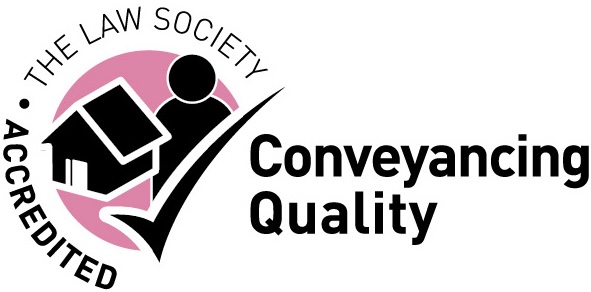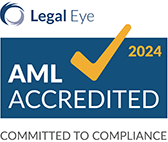The Law Society has warned that agents claiming to be able to secure Stamp Duty Land Tax (SDLT) refunds are putting property buyers at risk of substantial future bills.
Conveyancers have contacted the Law Society saying that there has been a spate of organisations with “little or no expertise in the tax” and who “pay little or no regard to HMRC’s guidance on standards for agents” advising buyers to make spurious claims for Stamp Duty refunds.
Law Society president Richard Atkinson says: “The Law Society and HMRC have joined forces to warn people of the risks associated with SDLT repayment agents and to explain how solicitors can take steps to protect clients.”
How are the organisations taking advantage of home buyers?
The organisations are identifying properties where they believe they can persuade buyers to make spurious claims for Stamp Duty refunds from HMRC.
They are telling buyers that their property could be eligible for a range of reasons, including:
- A property is not wholly residential because it has communal gardens or communal facilities
- Fittings can be called chattels to avoid SDLT
- A property is in poor condition and is ‘not suitable for use’
In fact, the claims made by the agents are generally wrong.
Communal gardens or communal facilities do not mean that a property is not wholly residential.
Fittings and chattels are not the same.
Properties are very rarely in poor enough condition that they are not suitable for use. The condition needs to have deteriorated to the point where the structure can no longer be defined as a residential property.
Stamp Duty reliefs and exemptions – What happens next?
The organisations persuade buyers to sign up with them and then make spurious claims on their behalf.
HMRC has a policy of making the refund and then checking the details later. The refund is made, and the organisation takes a cut, passing the remainder on to the customer.
HMRC then carries out checks. This could be some months later. It will then claim the SDLT refund back, in addition to interest and penalties. This leaves the individual out of pocket, as they will now have to pay the extra sums, plus it is very unlikely they will be able to reclaim anything from the organisation, which may have disappeared, be hard to contact or be unresponsive, so they will have lost the amount of the fee as well.
Example of an incorrect Stamp Duty relief claim
A couple has been left with an £80,000 tax bill after trying to claim Multiple Dwellings Relief.
Alexander and Rebecca Clark told HMRC that their £2 million six-bedroom home with a swimming pool was, in fact, a main house and a second property. They tried to claim that the second property consisted of a swimming pool plus a one-bedroomed property.
The First-tier Tribunal (Property Chamber) said the claim was a device to avoid £81,250 in tax, saying, “The concept of a one bedroom (which also served as a living room) property, with a hallway, small kitchen and WC/shower room, with a swimming pool, some four times the area of the latter three areas, was contrived.
“The tribunal considered that an average purchaser would be unlikely to purchase the main house without the swimming pool, not least because of its situation and its effect on the privacy of the Main House, but also because it is a desirable amenity of a property of that value.”
The couple were required to pay the full amount of SDLT for the property.
How should Stamp Duty be dealt with?
An experienced conveyancer will advise you of the amount of Stamp Duty you need to pay when you purchase a property. You should stick to this and avoid any approaches from random organisations claiming to be able to secure you a refund. You are likely to end up much worse off.
Contact us about Stamp Duty reliefs and exemptions
If you would like to speak to one of our expert property lawyers about Stamp Duty reliefs and exemptions or a property matter, ring us on 0333 3055 249 or email us at info@leadingpropertylawyers.co.uk.


